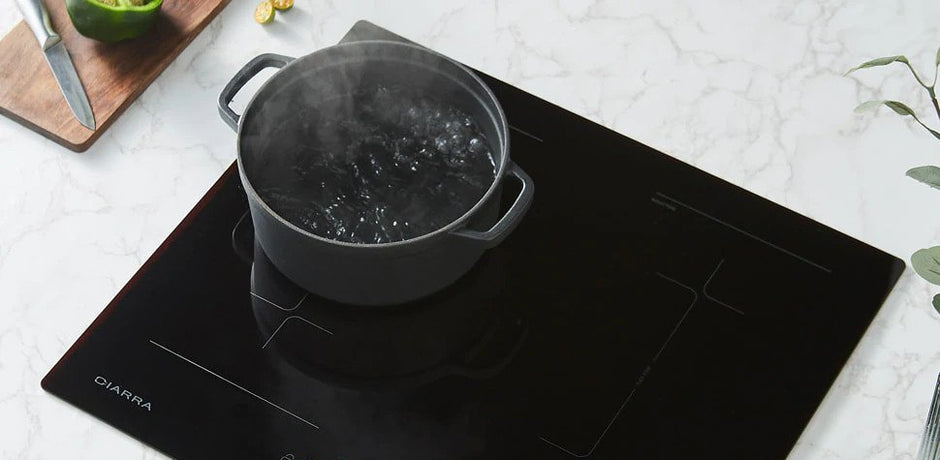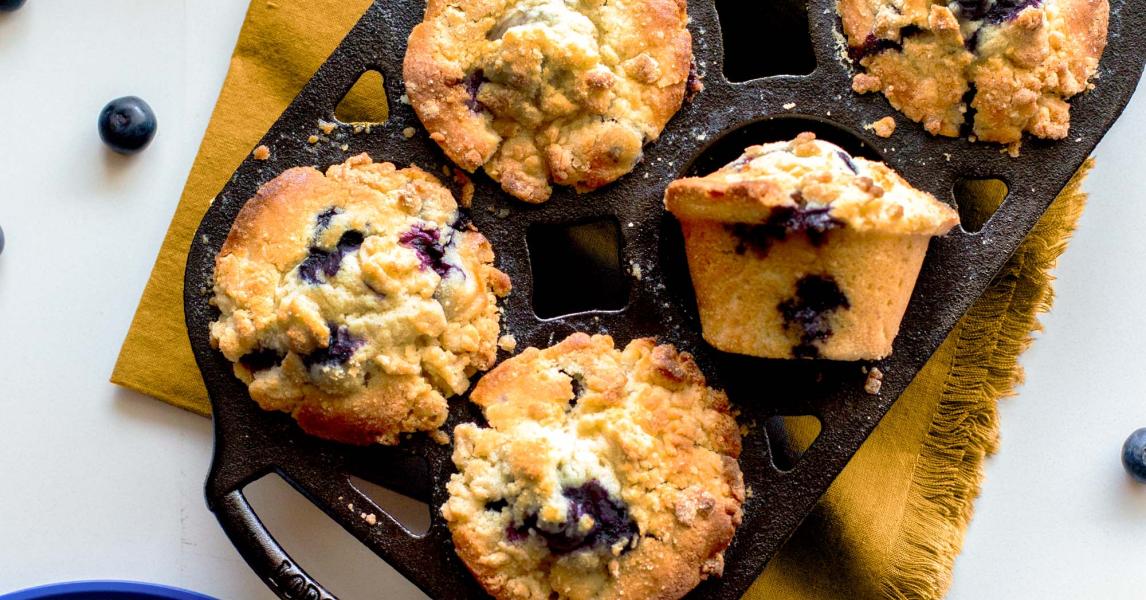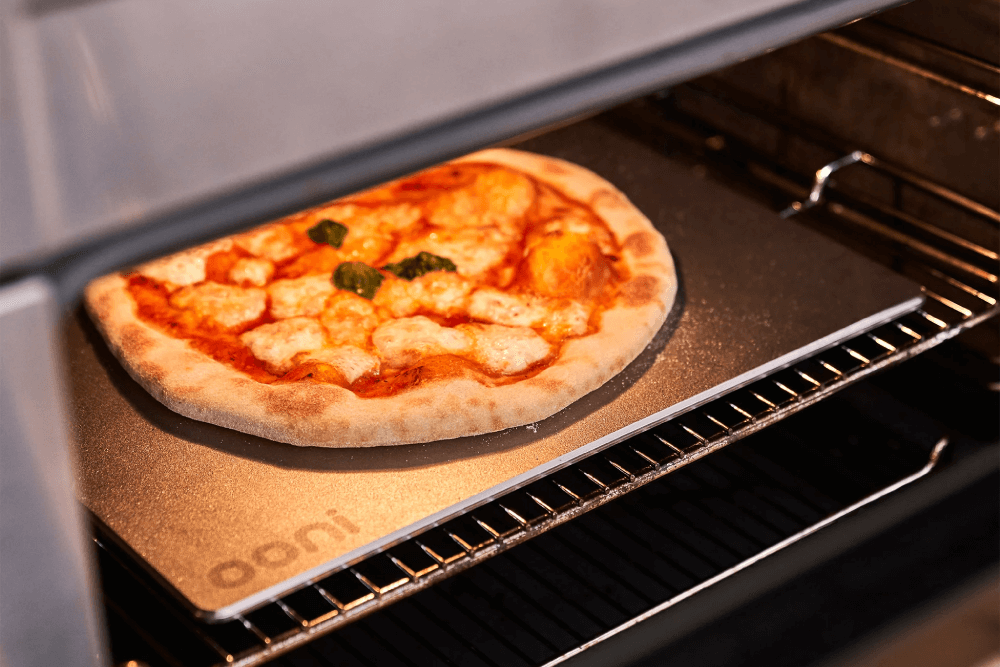If you're a kitchen professional, you know that cast iron cookware is a staple in any well-equipped kitchen. Its durability and ability to retain heat make it a favorite among chefs. However, with the rise of induction cooking, you might wonder how to properly clean your cast iron after using it on an induction cooktop. In this guide, we'll explore the best practices for maintaining your cast iron cookware after induction use.

Understanding Induction Cooking and Its Impact on Cast Iron
Induction cooking is a popular choice for many due to its energy efficiency and speed. Unlike traditional gas or electric cooktops, induction cooktops use electromagnetic fields to directly heat the cookware, which means that the cookware itself becomes the heat source. This method is not only more efficient but also requires less cleanup of the cooktop itself. However, it also means that your cast iron cookware may experience different stresses compared to other cooking methods.
Cast iron is known for its ability to withstand high temperatures, but the rapid heating and cooling that occurs during induction cooking can cause thermal shock if not handled properly. This can lead to warping or cracking of your precious cookware if not managed correctly.
Step-by-Step Guide to Cleaning Cast Iron After Induction Cooking
Step 1: Allow the Cookware to Cool
One of the most important steps in cleaning your cast iron after induction cooking is allowing it to cool down gradually. Avoid placing hot cast iron under cold water, as this sudden temperature change can cause thermal shock. Instead, let it cool on the cooktop or on a heat-resistant surface until it reaches room temperature.
Step 2: Remove Food Residue
Once your cast iron is cool to the touch, gently remove any food residue using a plastic scraper or a soft brush. Avoid using metal utensils or abrasive scrubbers, as they can damage the seasoned surface of the cast iron.
Step 3: Wash with Warm Water
Rinse the cast iron with warm water to remove any remaining food particles. If necessary, use a small amount of mild dish soap. Contrary to popular belief, soap will not ruin your cast iron if used sparingly. Just ensure that you rinse thoroughly to remove all soap residue.
Step 4: Dry Thoroughly
Drying your cast iron completely is crucial to prevent rust. Use a clean cloth or paper towel to wipe the surface dry. For added measure, you can place the cookware on a low burner for a few minutes to ensure all moisture evaporates.
Step 5: Re-season the Cookware
After cleaning and drying, it's important to re-season your cast iron to maintain its non-stick surface. Apply a thin layer of vegetable oil or another suitable oil to the entire surface, including the bottom and handle. Heat the cookware on the induction cooktop or in the oven at a low temperature for about an hour to allow the oil to polymerize, creating a protective layer.
Common Mistakes to Avoid
Using Abrasive Cleaners
Abrasive cleaners can strip the seasoning from your cast iron, leading to a loss of its non-stick properties and making it more susceptible to rust.
Skipping the Re-seasoning Step
Re-seasoning is essential to maintaining the integrity of your cast iron. Skipping this step can lead to sticking issues and corrosion over time.
Overloading the Cooktop
Be mindful of the weight of your cast iron on the induction cooktop. Overloading it can cause damage to the cooktop or affect the heating efficiency.
Additional Tips for Cast Iron Care
For more tips on maintaining your cast iron cookware, you can visit this resource for a detailed guide. Additionally, if you're curious about the safety of using cast iron on induction cooktops, check out this comprehensive overview.

FAQ Section
Why is my cast iron sticking after cleaning?
If your cast iron is sticking after cleaning, it may be due to insufficient seasoning. Ensure you apply a thin layer of oil and heat it properly to restore the non-stick surface.
Can I use steel wool on my cast iron?
It's best to avoid steel wool, as it can strip the seasoning. Use a plastic scraper or a soft brush for stubborn residue.
How often should I re-season my cast iron?
It's recommended to re-season your cast iron after each use, especially if you've used soap or cooked acidic foods. Regular maintenance will keep your cookware in top condition.






Leave a comment
This site is protected by hCaptcha and the hCaptcha Privacy Policy and Terms of Service apply.